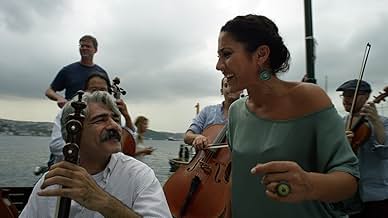Aggiungi una trama nella tua linguaCellist Yo-Yo Ma and other international artists of The Silk Road Project discuss their philosophies on music and culture.Cellist Yo-Yo Ma and other international artists of The Silk Road Project discuss their philosophies on music and culture.Cellist Yo-Yo Ma and other international artists of The Silk Road Project discuss their philosophies on music and culture.




























